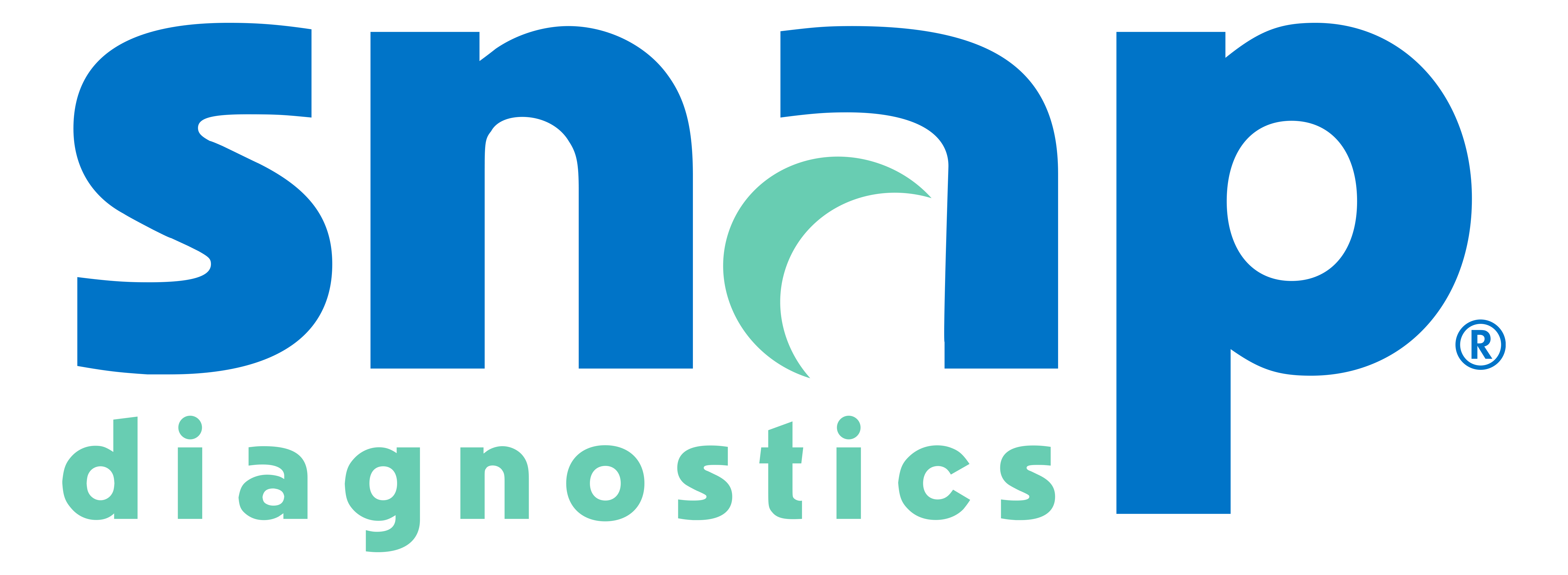Positive airway pressure (PAP) use is associated with lower all-cause mortality and lower incidence of major adverse cardiovascular events (MACE) among older adult patients with sleep apnea, according to recent findings published in JAMA Network Open.
This large retrospective cohort study evaluated mortality and health outcomes among 888,835 Medicare beneficiaries with obstructive sleep apnea over a median follow-up period of 3.1 years. The researchers found that initiating PAP therapy was associated with a significant reduction in the risk of both all-cause mortality and MACE, including heart attack, stroke, and heart failure.
These findings underscore the critical importance of early diagnosis and treatment of sleep apnea to improve long-term health outcomes.
Identifying Sleep Apnea
Sleep apnea often goes undiagnosed. Common symptoms include snoring, gasping or choking during sleep, morning headaches, and daytime sleepiness.
Risk factors for sleep apnea include high body mass index (BMI), obesity, older age, and certain anatomical features (e.g., enlarged tonsils, upper airway abnormalities). Use of tobacco, alcohol, and certain sedative and pain medications can worsen apnea severity.
Sleep apnea frequently co-occurs with other health conditions, including heart disease, stroke, hypertension, gastroesophageal reflux disease (GERD), hyperlipidemia, and type 2 diabetes.

Recent Comments